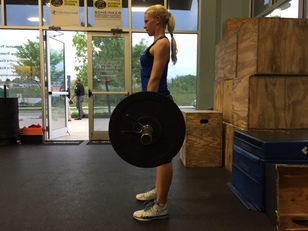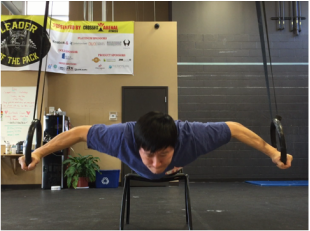My biceps didn’t end up looking like the Incredible Hulk’s, but I did hit 400 lbs in the squat—almost broke my lower back doing it—and got to 300 lbs in the bench press. In other words, I was a…miserable failure. Anyway, I am digressing.
Back to the topic at hand. So, this kid started his workout with the modest weight on the bench press but it got impressive when he started to pull 335 lbs off the ground for 2 reps—to his credit he really had good form. Then, he proceeded to superset rowing on the row machine with an exercise called Russian Boxers—where his form was so-so—which got me thinking: What is the difference between the strength of this kid, the kind I had in my 20’s and 30’s, and the strength that I currently have now?
After a quick rumination on the matter, I hit upon a key concept. The difference between the old me and the new me is that, back then, I had barbell strength but now I have bodyweight strength.
The old me primarily worked out utilizing external weights like barbells and dumbbells, doing mostly simple linear movements like bench press, squats, shoulder press, sit ups, biceps curls, and pulls up. The new me—for the last 3 years—has mostly abstained from barbell and dumbbell exercises and instead use weight of my body for all of my workouts.
My workouts consist of dynamic exercises on the Olympic rings, pull up bars, and, parallettes, as well as different types of handstand and planches. These types of movements not only recruit many, many more muscles, but teach the body to work far more cohesively as a single unit. Instead of working few muscles at a time, bodyweight gymnastic training forces the body to engage a far greater number of muscles all at once.
This brings to mind the SAID principle, which stands for Specific Adaptation to Imposed Demand. Simply put, the body adapts to the demand we place on it. So how can our training translate better into daily function? I think bodyweight and gymnastic strength training does a better job than any other training methodology. Because it addresses strength, mobility, flexibility and proprioception, the end result is a body that possesses more awareness and far greater physical literacy.
The comparison between the old me with barbell strength versus new me with bodyweight strength is that that there is no comparison.
Want to get strong for life and stay injury free? Contact me I can help you get there.



0 responses to “Barbell Strength vs. Bodyweight Strength”